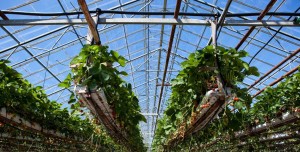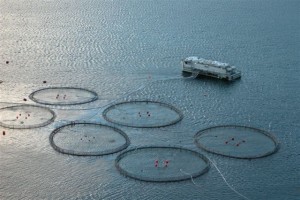Smart Floating Farms: 20,000 Leagues of Fish, Food, and Solar Energy
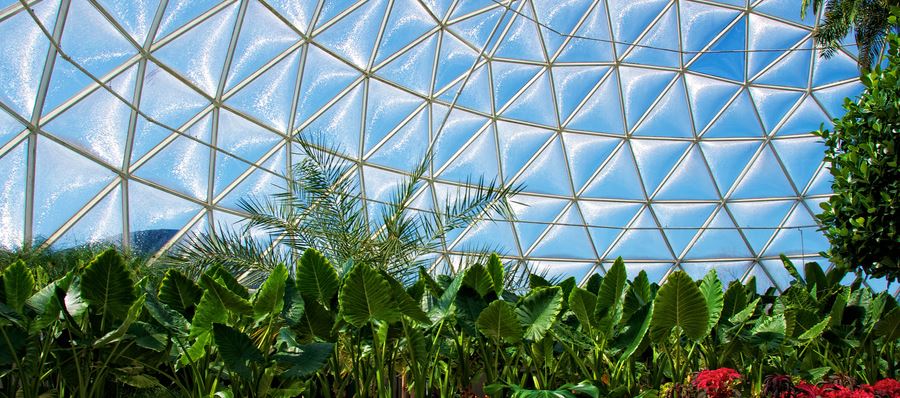
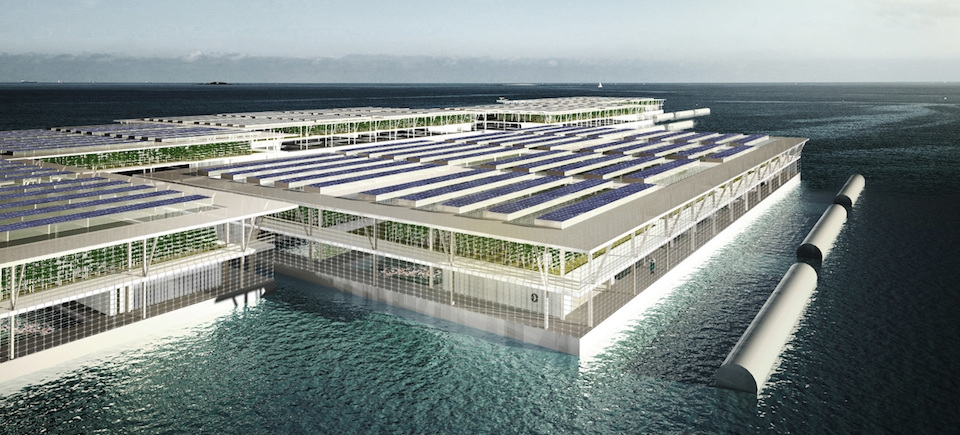
Forward Thinking Architecture designs a three-level representation of a potential smart floating farm.
As the human population swells and we continue to look for places to live, work, and shop, agricultural land is becoming harder and harder to find. A Barcelona-based company believes it has developed a solution to the world’s shrinking supply of farmland. Forward Thinking Architecture has developed what they call “Smart Floating Farms,” which are three-level agricultural barges that provide additional farmland . . . on the water.
Environmental Advantages of Floating Farms
Although the company is still planning out the logistics of their floating farms, the proposed design addresses many issues facing today’s farmers. First of all, the farms would preserve arable land. In 2012, only 10.8% of the planet qualified as “arable,” but there are over 372,000 miles of coastline that would be perfect for floating farms. These floating platforms would allow for more universal access to organic food, and, by being mostly self-sufficient and easily sustainable, would be good for the environment, too. The farms would also be modular, making it possible for several of them to be grouped together to provide a centralized food bank for densely populated areas of the world.
Smart Floating Farm Design
The default size for the farms is 656’ x 1,150’. The middle level of each unit would be farmable, creating about 750,000 square feet of farmland (that’s over 13 football fields!). The bottom level of each farm would be utilized for fish farms and the top level would contain solar panels and skylights to deliver natural light to the plants below. The facilities could include water access points, storage centers, wave barriers, and desalination plants. With automated hydroponics and microclimate control, floating farms would offer consistent, regulated environments for the plants (similar to freight farms). To increase energy production, floating farms could incorporate wind turbines and wave-energy conversion units.
Economic Benefits of Aquaculture and Hydroponic Farming
Because the plants would be grown hydroponically (without soil), there would be no need for natural precipitation, pesticides, or soil itself. The gardens are stackable, too, so they could be placed on top of one another to save space. The designers believe floating farms could someday operate with very little human assistance, but early floating farms are already providing jobs and sustenance for thousands of people around the world. Using the “Internet of Things,” sensors could be placed throughout the farms to keep each facility running efficiently. The farms would also provide data on the types of foods local people are seeking.
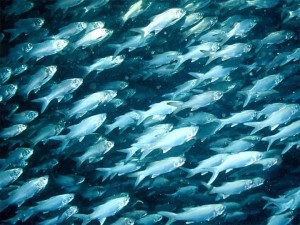 The company says that one farm could yield over eight tons of vegetables and almost two tons of fish each year. With that rate of production, the cost of building the farm could be recovered within ten years.
The company says that one farm could yield over eight tons of vegetables and almost two tons of fish each year. With that rate of production, the cost of building the farm could be recovered within ten years.
What Do You Think? What are the potential downsides to floating farms? What impact could these farms have on our population?

